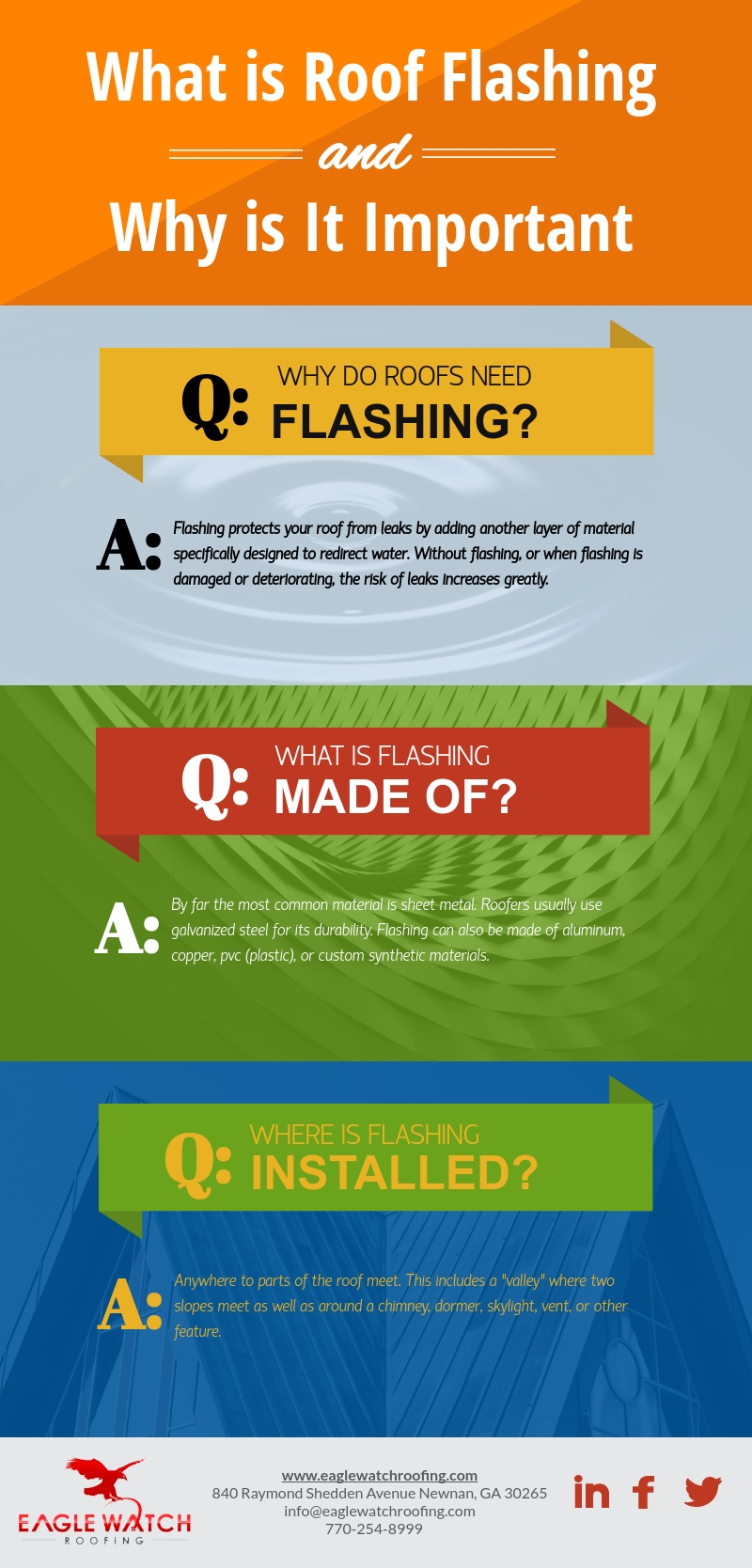Reviewing The Financial Aspects Of Solar Power Installment: Is It A Worthwhile Financial Investment?
Reviewing The Financial Aspects Of Solar Power Installment: Is It A Worthwhile Financial Investment?
Blog Article
Content By-McMillan Jensen
When considering the costs of solar installation, you may question the upfront financial investment called for and whether it straightens with the possible lasting benefits. Recognizing the ins and outs of these costs and the various aspects affecting the total return can clarify the worth suggestion of transitioning to solar power. By examining both the initial configuration prices and the projected cost savings over time, you can obtain insight right into whether the investment in solar setup holds assurance for your financial future.
Initial Setup Expenses
When thinking about the prices of solar installation, the preliminary arrangement expenses play a crucial role in your decision-making procedure. These in advance expenses include the cost of solar panels, inverters, placing devices, and installation labor.
The price of photovoltaic panels can differ relying on the brand name, efficiency, and size you select. Inverters are vital for transforming the sunlight's power into functional electricity and be available in various kinds such as string inverters, microinverters, and power optimizers, each with its very own cost ramifications.
Mounting devices, such as shelfs and rails, is necessary to securely set up solar panels on your roof covering or building.
The installment labor cost covers the professional setup of the solar system, guaranteeing that whatever is set up appropriately and efficiently. Keep in mind that while these preliminary arrangement expenditures may appear high, there are frequently refunds, tax obligation rewards, and financing options offered to aid counter the prices and make solar installation a lot more budget friendly over time.
Long-Term Financial Savings Analysis
To recognize the monetary benefits of solar installation in time, it's crucial to conduct a thorough lasting financial savings evaluation. While the first setup costs of solar panels may seem challenging, the long-lasting cost savings can outweigh these expenses significantly. By taking advantage of the power of the sun to generate power for your home, you can potentially conserve countless dollars on your energy costs over the lifespan of your solar system.
Among the vital elements to think about in a long-lasting cost savings analysis is the reduction in your electrical power costs. With photovoltaic panels, you can produce your power, minimizing and even removing your reliance on the grid. https://sunpowersolar56998.blogsmine.com/30724341/my-individual-tale-just-how-i-went-from-skeptic-to-supporter-of-solar-power-solutions can cause significant savings, specifically as energy rates continue to rise.
Additionally, https://www.mackinac.org/blog/2022/bright-panels-dark-secrets-the-problem-of-solar-waste of federal governments offer motivations such as tax credit histories and rebates for mounting photovoltaic panels, additionally improving your lasting cost savings. By making https://landenaktcm.activoblog.com/31164888/trip-right-into-the-detailed-globe-of-photovoltaic-panel-technology-and-discover-just-how-sunshine-can-be-changed-into-electrical-energy of these rewards and maximizing your solar energy manufacturing, you can take pleasure in considerable financial benefits for years to come.
Roi Calculation
Considering the economic benefits of solar installation, it's time to assess the Return on Investment (ROI) estimation. Figuring out the ROI involves comparing the overall expenses of mounting a planetary system with the economic advantages it creates over its life-span.
To determine ROI, separate the net benefit from the system by the complete financial investment expense and increase by 100 to obtain a percent. The ROI formula is: (Web Profit/ Total Financial Investment Price) x 100.
For example, if the complete cost of setting up a planetary system is $20,000, and over its life-span, it produces savings and profits totaling $30,000, the web profit would be $10,000. Splitting this by the total investment cost of $20,000 provides a ratio of 0.5. Multiplying residential solar power systems by 100 gives an ROI of 50%.
Generally, a higher ROI indicates a more financially gratifying investment. Aspects like government motivations, maintenance costs, and energy price variations can impact the ROI of solar installations. Comprehending the ROI aids in evaluating whether investing in solar energy is worth it in the long run.
Conclusion
In conclusion, recognizing the prices of solar installation is critical for establishing if it deserves the investment. By taking into consideration first arrangement expenses, conducting a long-lasting cost savings analysis, and determining the return on investment, you can make an educated choice regarding the monetary value of solar energy. With the potential for lowered energy expenses and increased energy self-reliance, buying solar setup can be a wise choice for both your purse and the setting.
